California is home to several milkweed species that are native to the state and play a crucial role in supporting the Monarch Butterfly population.
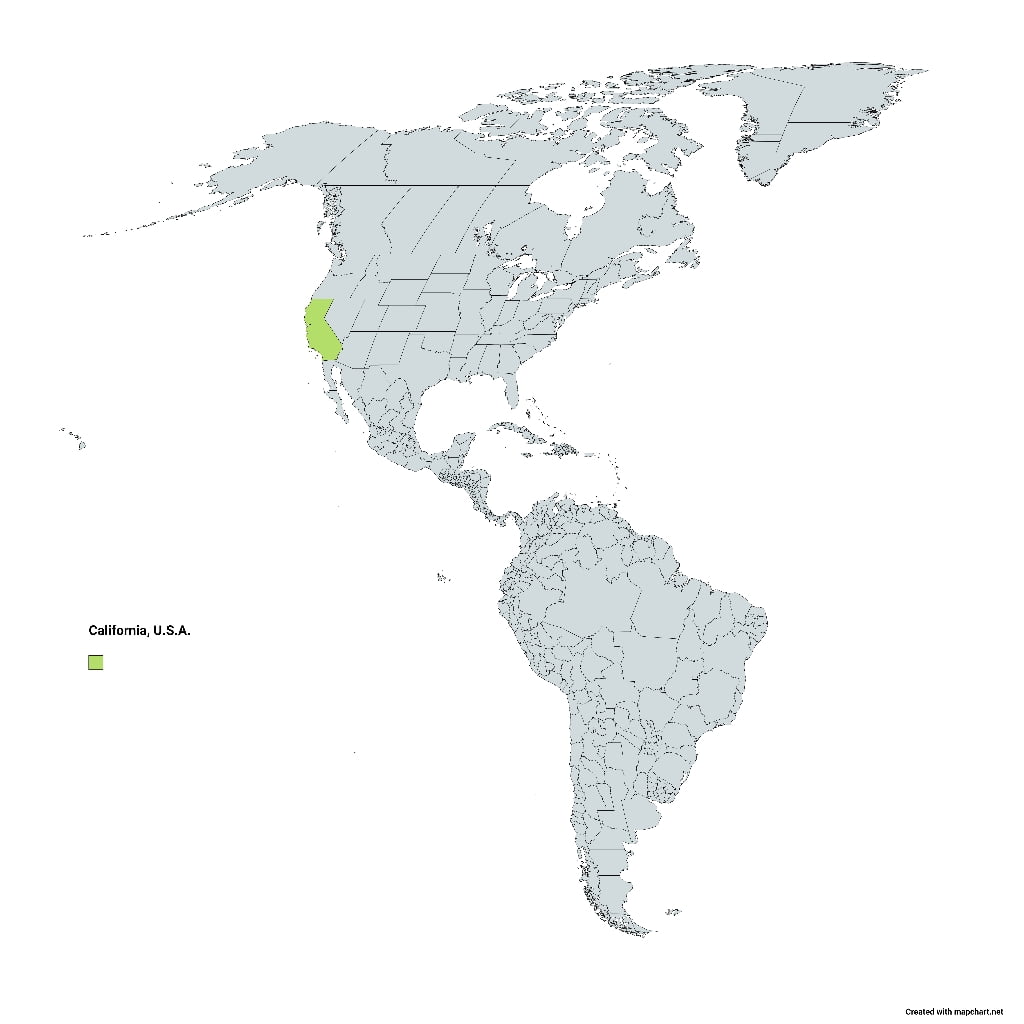
Here are the top ten California native Milkweed species.
10. Indian Milkweed (Asclepias eriocarpa)
Indian Milkweed is a low-growing species with woolly seed pods. It has white to pale pink flowers and is commonly found in grasslands and open areas.
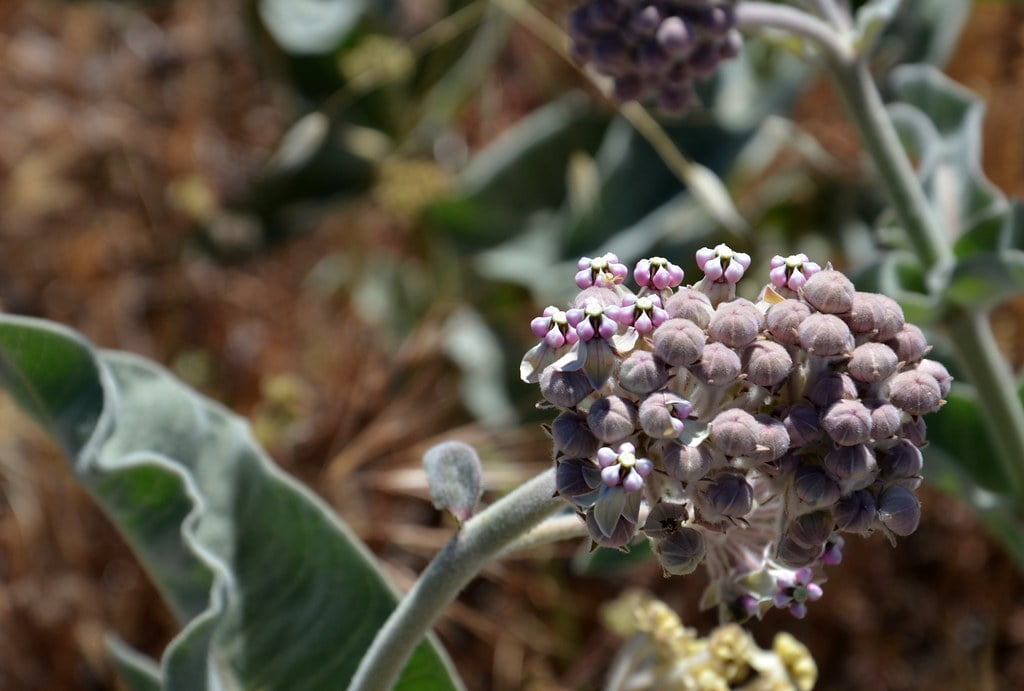
9. Mexican Whorled Milkweed (Asclepias fasciculata)
Although native to Mexico, this species is found in southern California. It has narrow leaves arranged in whorls and produces small clusters of pale pink flowers, thus it is also known as Narrow-leafed Milkweed.
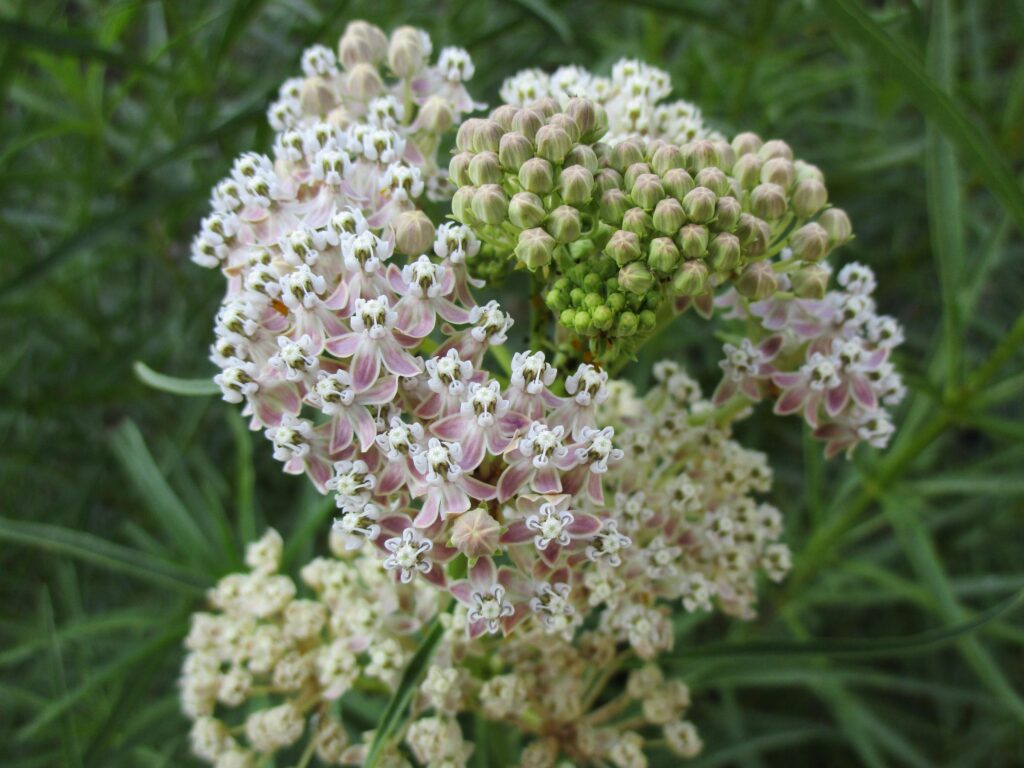
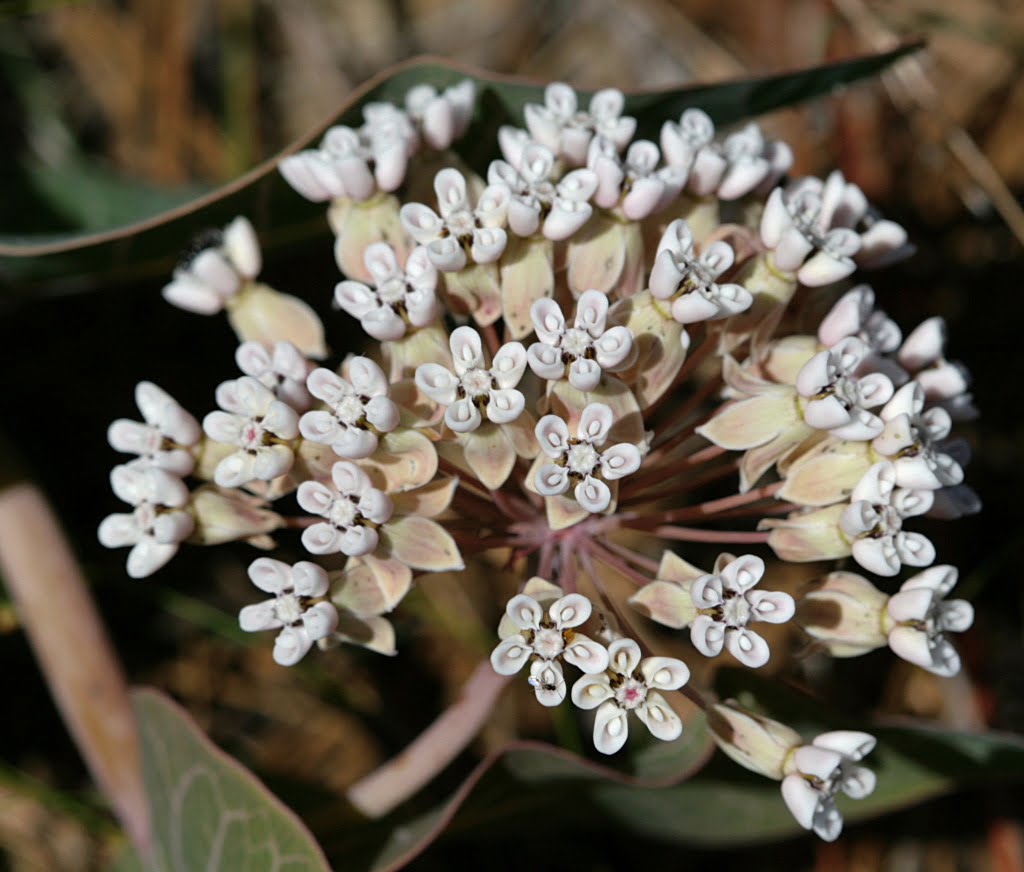
10 Sandhill Milkweed Seeds Ascslepias Humistrata Pinewood Milkweed Florida-Native
With Johnny Butterflyseed’s Sandhill Milkweed seeds, you’re not just planting flowers; you’re cultivating a living mosaic of nature’s marvels. 10+ Florida Native seeds.
8. Heartleaf Milkweed (Asclepias cordifolia)
Heartleaf Milkweed is a perennial species with heart-shaped leaves and clusters of pink to lavender flowers. It is found in mountainous regions and open woodlands.
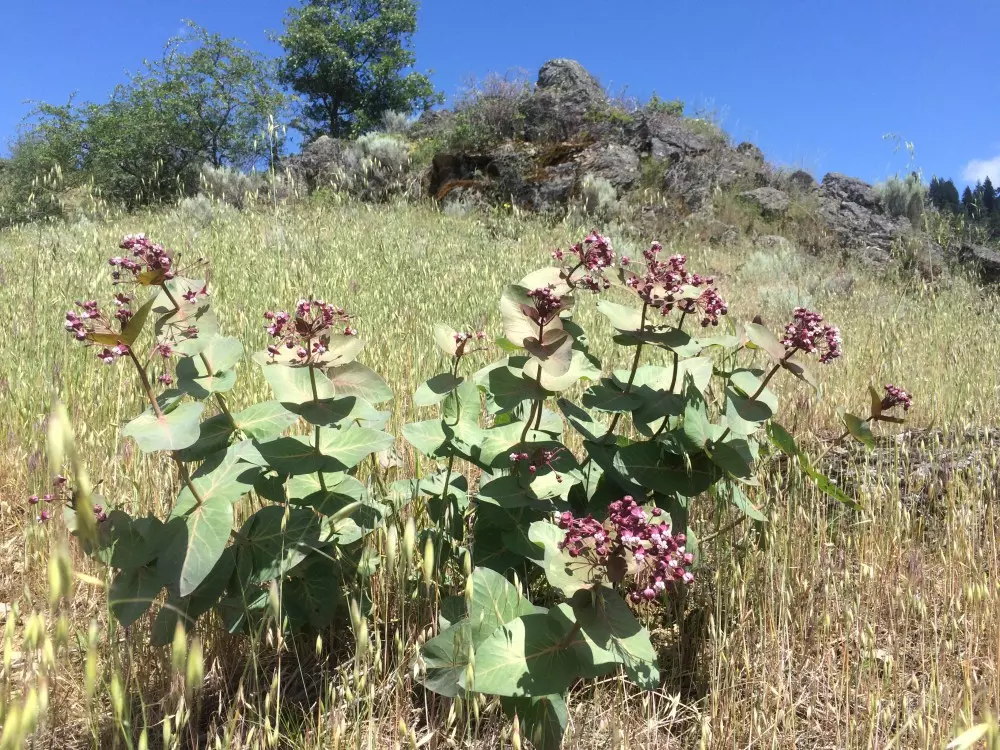
7. Showy Milkweed (Asclepias vestita)
This species is native to California and primarily found in desert regions. It has gray-green leaves and produces small clusters of pink to purple flowers.
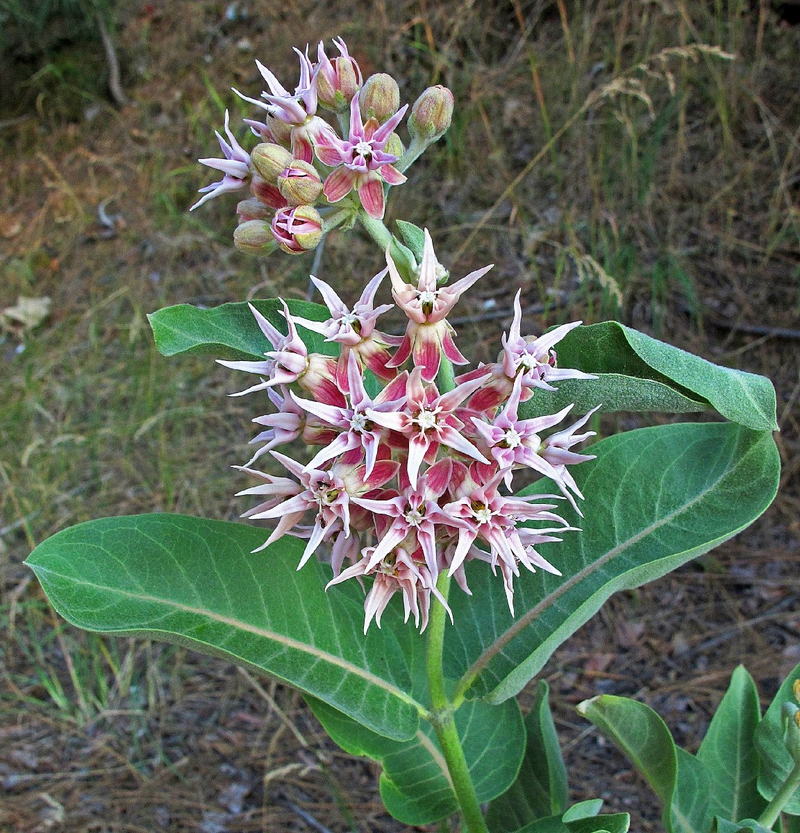
6. Desert Milkweed (Asclepias subulata)
Desert Milkweed is well adapted to arid regions and is commonly found in desert habitats of California. It has slender leaves and produces clusters of pale pink to lavender flowers.
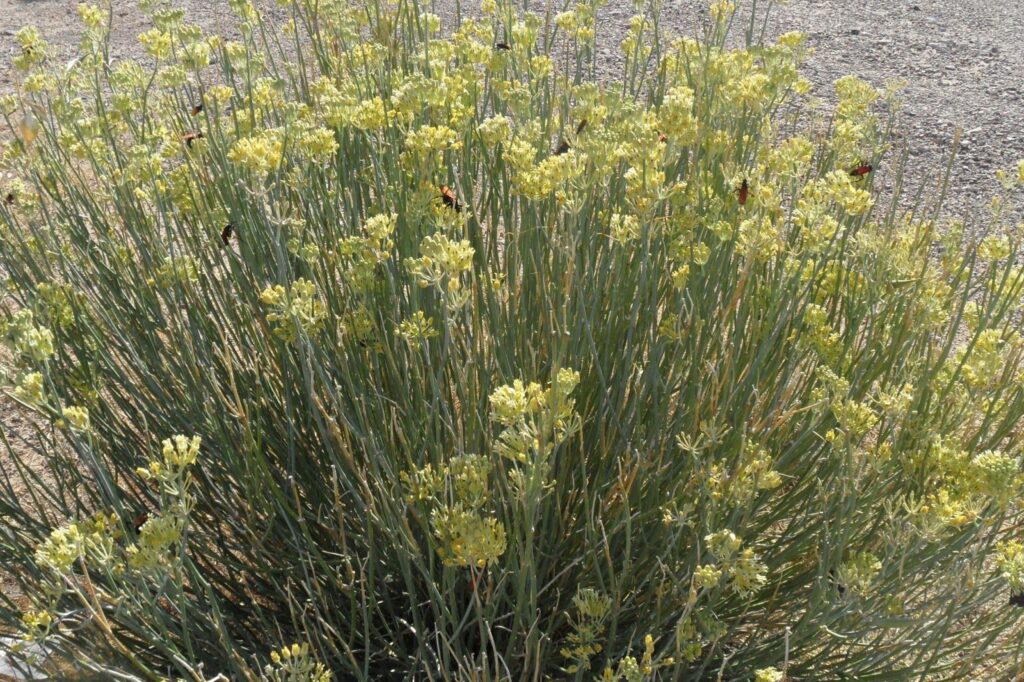
5. Green Milkweed (Asclepias viridis)
Green Milkweed is a small, herbaceous species with greenish-white flowers and lance-shaped leaves. It is found in various habitats, including meadows, woodlands, and disturbed areas.
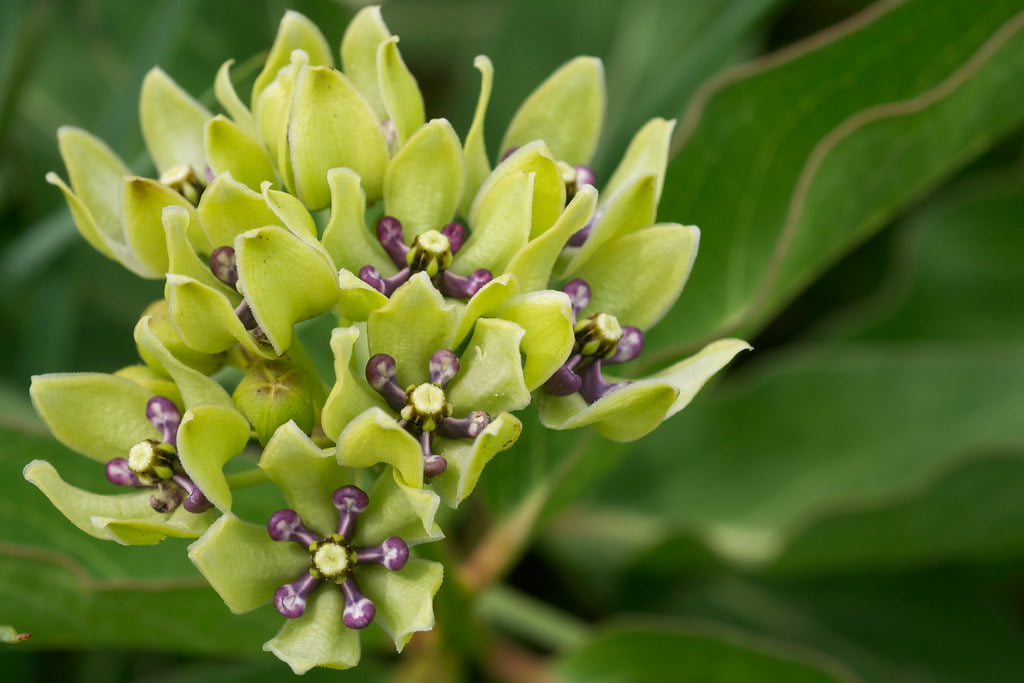
4. Woollypod Milkweed (Asclepias eriocarpa)
This species has distinctive woolly seed pods, which give it its common name. It produces clusters of pale yellow to greenish flowers and is found in dry areas, including deserts and open grasslands.
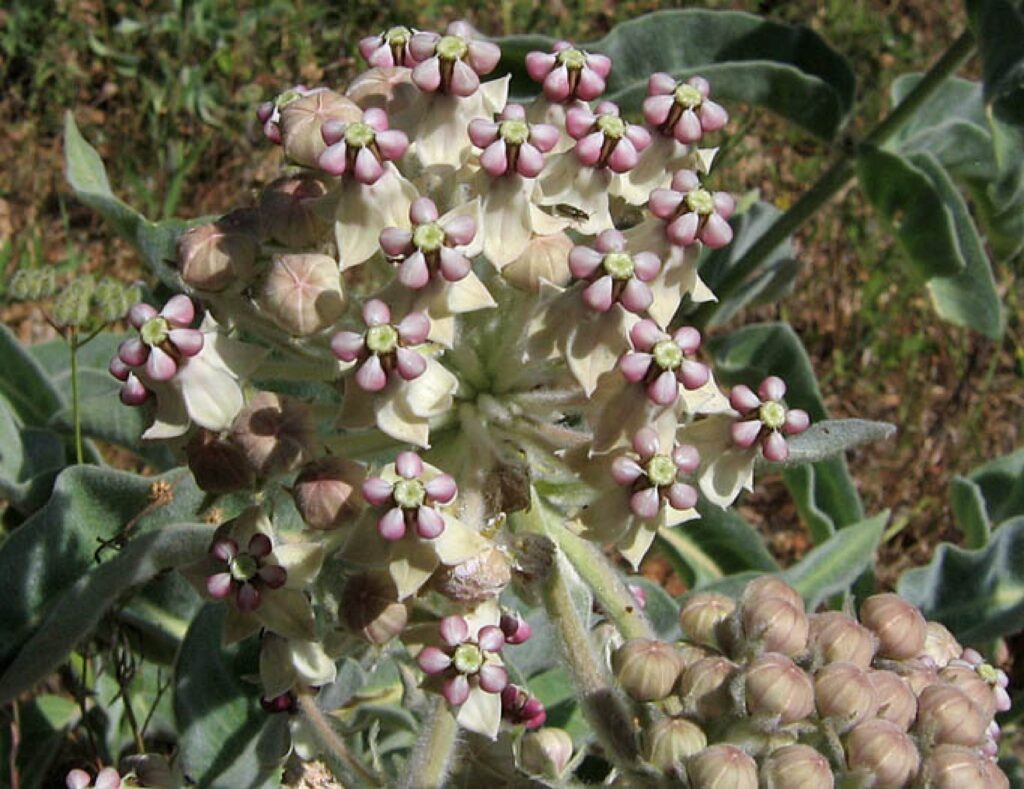
3. Narrowleaf Milkweed (Asclepias fascicularis)
As the name suggests, Narrowleaf Milkweed has long, narrow leaves and small clusters of white to pale pink flowers. It is commonly found in coastal regions, grasslands, and chaparral habitats.
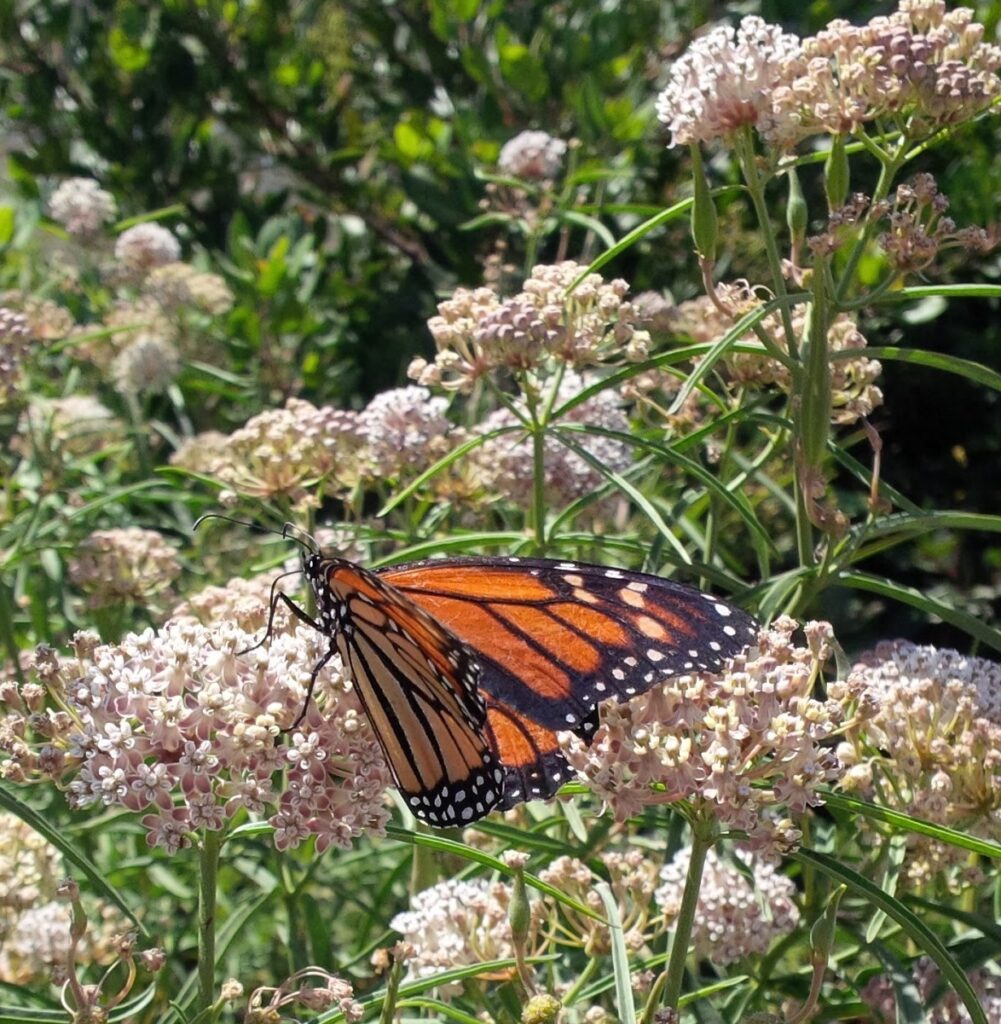
2. Showy Milkweed (Asclepias speciosa)
Showy Milkweed is a tall species with large, showy clusters of pink to purple flowers. It is found in various habitats throughout California, including grasslands, woodlands, and meadows.
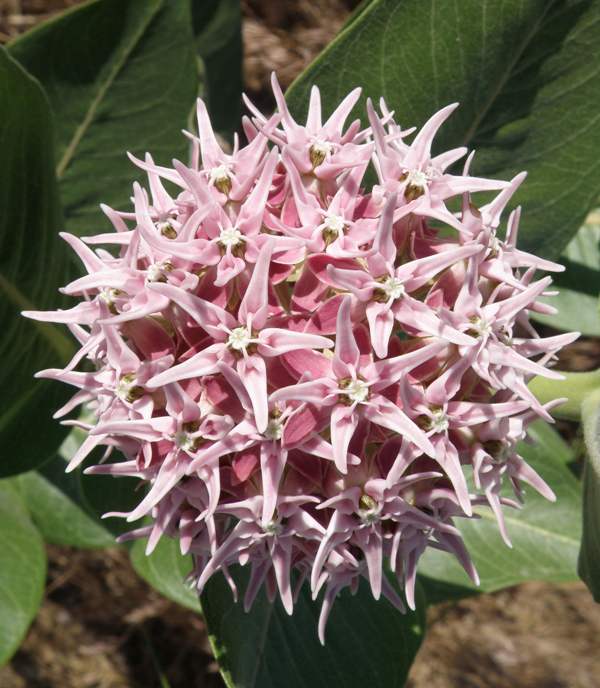
1. California Milkweed (Asclepias californica)
The number one Milkweed species native to California is well adapted to the state’s climate and ecosystems. It has broad leaves and clusters of pale pink to lavender flowers.
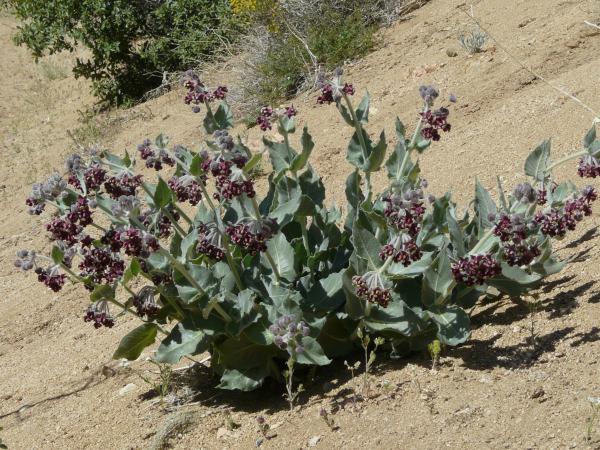
These milkweed species are vital for supporting Monarch Butterflies throughout their life cycle, providing food for caterpillars and nectar for adult butterflies. When planting Milkweed, it is important to choose species native to your specific region to ensure their suitability and benefit to local wildlife. This way, we can support the correct ecology for Monarch Butterflies… one day at a time!

The Adventures of Johnny Butterflyseed – Author Signed First Edition Children’s Book
Save the monarchs!
Johnny Butterflyseed and his fairy friend, Raven Silverwing, embark on a mission to save the rapidly disappearing butterflies. They enlist the help of Queen Venus Goldwing and her kingdom of monarchs to educate and inspire kids to become butterfly farmers. At first, Johnny faces his own internal struggle with self-doubt and fear in his ability to make a difference, but then soon develops a mindset that allows him to not only get started, but also make progress one day at a time. Through challenge after challenge, Johnny learns that he is not alone in his mission and that there are many people who want to help. Together, Johnny, Raven, and Queen Venus educate thousands of children on becoming butterfly farmers.